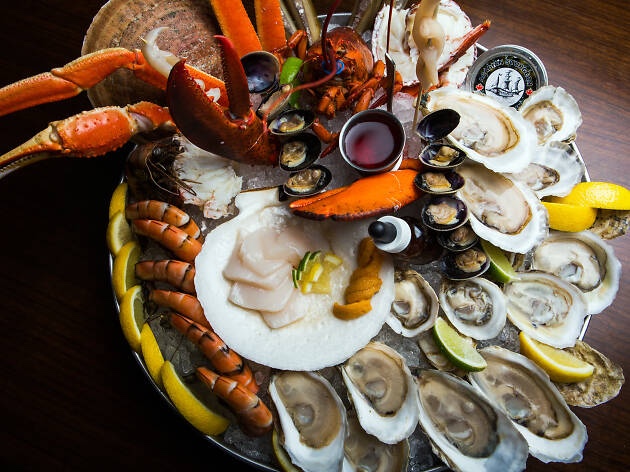“China is our backbone in exports. In seafood exports, China is the compulsory aspect of our sales,” Suhail Firdous, CEO of Super Star Enterprise told The Daily CPEC.
Located in the northern part of the Arabian Sea, Pakistan is endowed with rich fishing potential and its seafood export has shown robust growth. The seafood exports during July-May (2020-21) were recorded at $383.088 million against the exports of $373.382 million in July-May (2019-20), showing growth of around 2.6 percent, according to the latest data of the Pakistan Bureau of Statistics (PBS).
The export to China takes up a great proportion. According to data from International Trade Center(ITC), Pakistan’s exports of fish and aquatic products to China accounted for 29% of Pakistan’s total exports of such products in 2019.
“7-8 different types of fish are mostly consumed in China. There is a Tianjin City where our Sole Fish is very popular. Pakistan’s 70% Sole Fish is consumed in that city. There is also Ribbon Fish, cuttlefish, squid, octopus, and other items that are loved by Chinese people,” said Suhail Firdous.
Targeting this huge market, Suhail Firdous mentioned that “from a marketing point of view, it’s very easy for the export as all we need to do is to prove the quality. In the case of Europe and America, we need many certifications and audits, and we need to pass through a difficult phase before they accept us.”
Pakistan enjoyed zero duties on exports of 724 products to China under phase one of the China-Pakistan Free Trade Agreement signed in 2006. After the second pact took effect in 2019, Pakistan has been allowed to export more than 1,000 products to China with zero duties, which largely facilitates trade, including in the fishing sector.
“The most exported fishes from Pakistan to China are ribbonfish, squid, mackerel and sole fish. China is buying many products from us,” said Muhammad Rafique Awan, CEO of Hei5 International Food Pakistan which exports seafood, such as ribbon fish, squid, cuttlefish, and octopus, to China.
“We export ribbon fish to China. It is for the local consumption of China. Similarly, our squid, cuttlefish, and many other fishes are further processed into value-added products there and exported to European countries,”he said.
Thus, as per the improvement needed in the export business, Muhammad Rafique Awan said that the Pakistani fishery industry should switch to value addition. “In export, value-added products are of more importance. When you have a product less in quantity and you sell it as a value-added product, then it will give you more benefit in income. This is the way to increase export and open job opportunities for locals,” he said.
Muhammad Rafique Awan added that the latest technology should also be used. “There is only one factory that has just started working on nitrogen-based quick-freezing ice. This technology helps in maintaining the quality. The product freezes fast.”
“Other than this, we should adopt the latest automatic machinery. We are still using old methods. The old methods consume more electricity and the expenses increase. We are still far behind in having the latest technology as used in Europe, China, and the Middle East,” he said.
Talking of the potential collaboration with China, Suhail Firdous said that as Chinese are very interested in investing in Pakistan, and Pakistan exports a huge amount of fish to China that is reprocessed there and then exported in the world, “these Chinese traders can carry out this processing here in Pakistan because the labor here is cheaper, the raw material is fresh and the extra cost of transporting from Pakistan to China will be removed.”
















